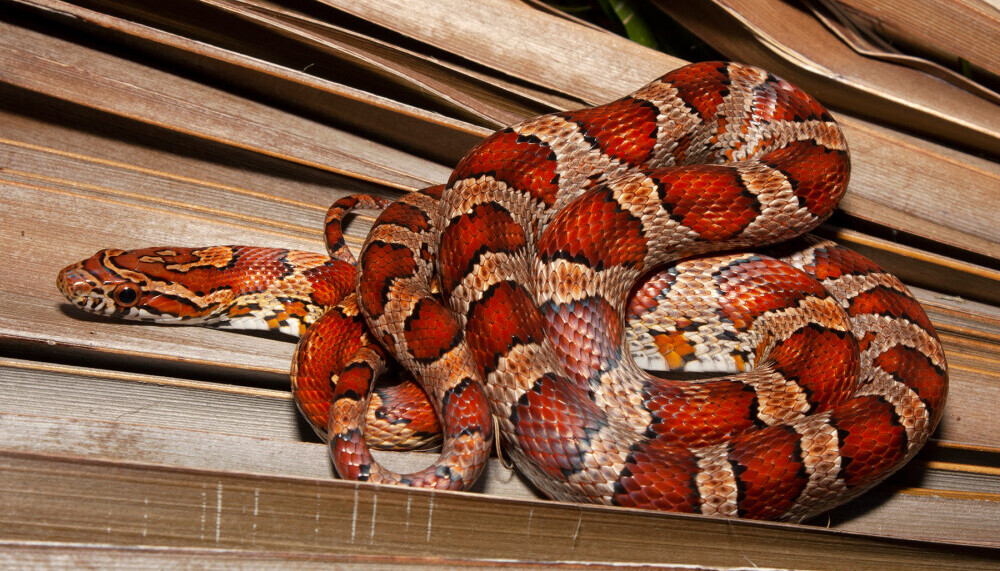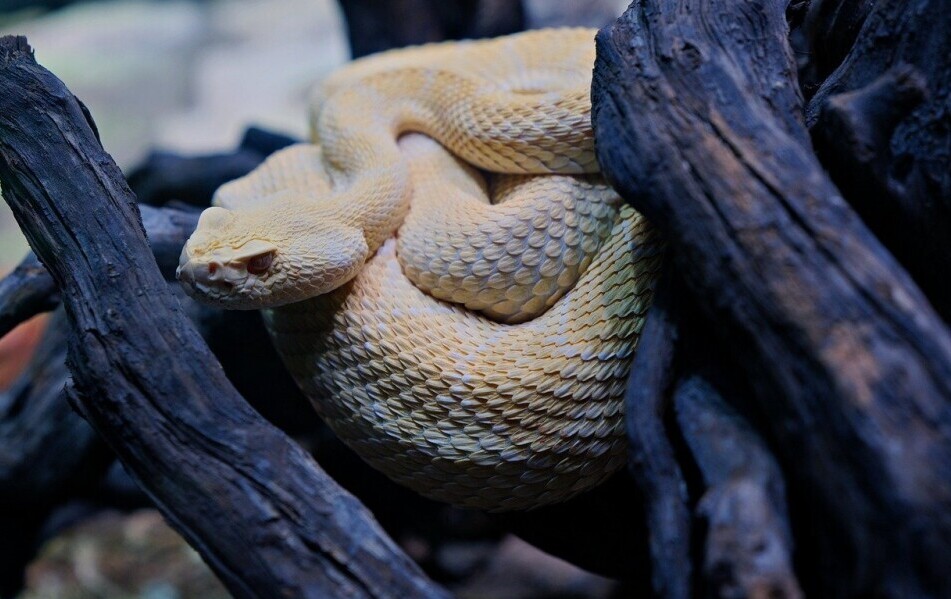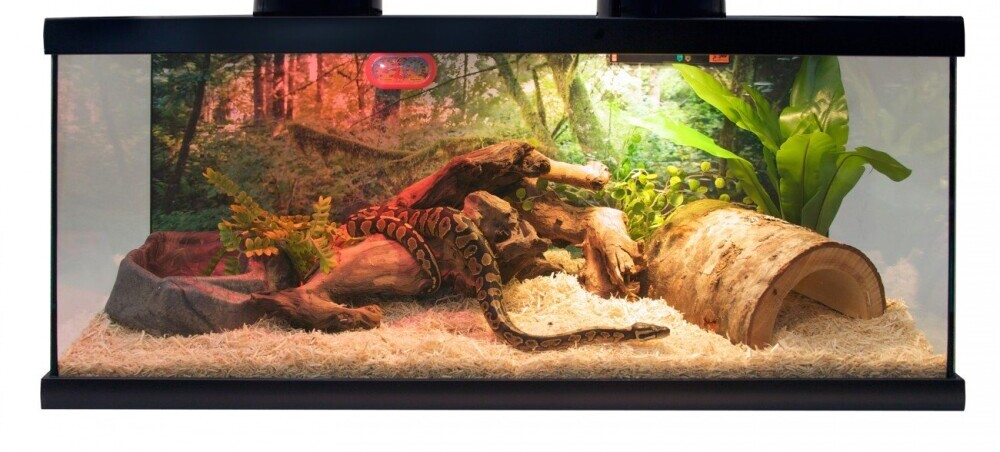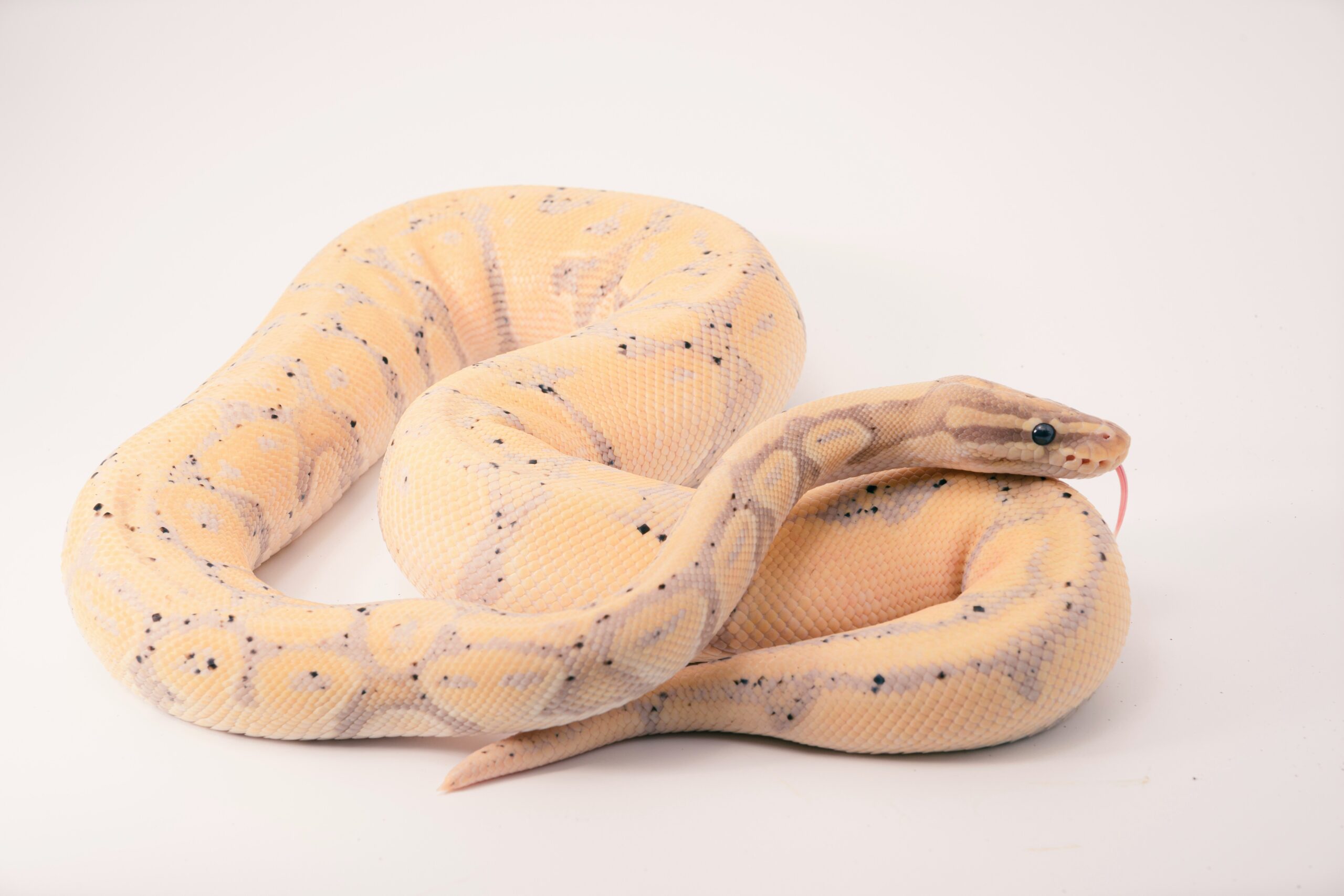Do Snakes Make Good Pets?
Although some people fear them, snakes are very fascinating creatures, visually unique and full of intrigue. Many people are drawn to their sleek and mysterious appearance. There’s something quite captivating about having a pet that’s a bit unconventional. But, deciding if a snake is right for you takes a bit of pondering over your lifestyle and what you can offer your cold-blooded friend.
Snakes are quiet, don’t need to be walked, and typically don’t trigger allergies, which can make them seem like the ideal pet for someone seeking a low-maintenance companion. However, these creatures come with their own set of needs and quirks that require thoughtful consideration.
When thinking about getting a snake, it’s crucial to consider why you want one. Are you looking to learn more about reptiles, enjoy unique pets, or fascinated by exotic animals? Your motivations can guide your choice of species and the kind of environment you’re willing to provide.
The following information will give you insights into different types of snakes one might consider, understanding their lifespans, and what it takes to create a comfortable habitat. By the end, you should have a clearer picture of whether a snake is the right pet for you.
Types of Snakes Suitable as Pets
Choosing the right snake breed plays a huge role in ensuring a satisfying pet experience. Different species offer different characteristics and care requirements, so it’s important to match your expectations with what each snake can offer.
Corn snakes often top the list for beginners. They’re generally easy to handle, grow to a manageable size, and are known for their striking patterns. Ball pythons are another popular choice due to their relatively docile nature and adaptability to captivity. King snakes, with their variety of patterns and colorations, also make wonderful pets for those who are willing to invest a little more effort into their care.
Each of these species require different levels of commitment in terms of time, space, and handling. Corn snakes and King snakes are more active while Ball pythons might spend a lot of time curled up.
Consider the average adult size, temperament, and specific needs of each snake when deciding which suits you best. Community forums and snake enthusiast groups can be helpful resources for first-hand accounts and advice.
Remember, choosing a snake isn’t just about picking the one that looks the coolest or fits your aesthetic. It’s about understanding what you’re signing up for and finding the right fit for both you and the snake’s well-being.
Caring for Your Pet Snake: Lifespan and Habitat Requirements
Understanding a snake’s lifespan is crucial for planning your long-term commitment. On average, pet snakes can live anywhere from 10 to 30 years, depending on the species and the quality of care provided. This longevity means you’re not just making a decision for the next couple of years; it’s a long-term partnership.
Creating the perfect habitat for your snake involves more than just a glass tank. You’ll need an appropriately sized enclosure — one that offers enough room for your snake to comfortably move around. Juvenile snakes might start in a smaller space, but they’ll require more room as they grow.
Temperature control is a fundamental part of setting up a snake’s home. Most snakes need a temperature gradient in their habitat, which means they should have a warm area and a cooler area. This setup helps them manage their body temperature effectively.
In addition to temperature, snakes require specific humidity levels depending on their natural environment. For instance, Ball pythons thrive in higher humidity, while Corn snakes prefer it drier. Proper hydrometers and heat lamps or pads help maintain these conditions.
Remember, you need to keep keep their home enclosure as close to their natural environment as possible to ensure good health and a long life.
Feeding your snake involves a key understanding of their dietary preferences. Most pet snakes are fed rodents about once a week, but the frequency and types can vary between species and individual needs. Fresh, clean water should always be available, and occasional handling helps in creating a rapport between you and your pet.
There’s a lot more that goes into making a comfortable home for your cold-blooded buddy, but getting these basics right sets a strong foundation for your snake’s health and happiness.
Special Considerations and Responsibilities of Owning a Snake
Owning a snake comes with a set of unique responsibilities that go beyond just feeding and habitat maintenance. It’s important to start with a good understanding of both legal and ethical aspects. In some areas, certain species might be restricted or require special permits. Always check local wildlife regulations to ensure compliant ownership.
Handling your pet snake regularly forms an essential part of their care routine. Gentle handling not only helps in building trust between you and your snake but also keeps your pet tame. Take care to support their body and avoid stressing them, especially around shedding times.
Health checks play a crucial role in snake care. Regular monitoring for signs of illness, like changes in appetite, abnormal shedding, or respiratory issues, can prevent serious health problems. A vet experienced in reptile care can be an invaluable resource here.
Consider the costs of owning a snake as well. Initial setup might be expensive with enclosures, thermostats, and other equipment. Ongoing costs, including feeding and occasional vet visits, should also be factored in. Budgeting for these expenses ensures that your pet snake’s needs are always met.
Finally, think about backup plans for holidays or emergencies. Unlike dogs or cats, finding a qualified pet-sitter or boarding facility might be challenging, so having reliable arrangements can help in these situations.
Snakes make fascinating pets, but they do require dedication and understanding. If you feel that you’re ready for a reptilian companion, preparing for these responsibilities will help you set the stage for a rewarding journey with your sleek, new pet.

Post Comment